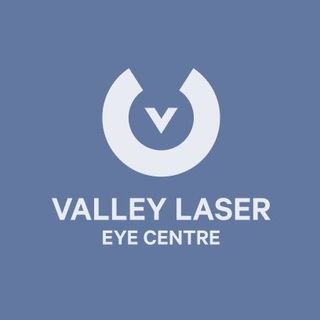If you’ve recently been diagnosed by your ophthalmologist with presbyopia and high hyperopia or farsightedness and you wish to solve your situation, you can still acquire a better vision. Through refractive lens exchange (RLE) or lens replacement surgery, the procedure works by replacing your eye’s clear natural lens with a synthetic intraocular lens (IOL).
Keep reading below to find out about refractive lens exchange and why it’s better than LASIK and other eye surgery procedures.
Who Is a Good Candidate for an RLE Surgery?
The laser eye surgery treatment that suits you best will depend on your case. If your concern is presbyopia or severe farsightedness, you may not benefit from LASIK, PRK, or phakic IOL surgery the same way you will with RLE surgery.
The same goes for people experiencing presbyopia and hyperopia because lens replacement surgery is the only practical solution to achieve a clear vision and eliminate using eyeglasses. In addition, RLE surgery works for people with myopia or nearsightedness, but it’s much better to opt for LASIK, PRK, and other eye treatments if that’s the case.
How Does RLE Surgery Work?
A refractive lens exchange surgery works similarly to cataract surgery. The only distinction involved is when it comes to RLE, the lens an eye surgeon removes is clear, whereas a cataract procedure involves a cloudy lens because of the cataract involved.
There are three kinds of intraocular lenses available to use to replace a person’s natural eye lens. What you opt for will ultimately rely on the current state of your vision and the health condition of your eyes. They include:
Monofocal Fixed-Focus IOL
Obtaining a monofocal lens offers a person a clear vision from a distance, including choosing from various ranges and selecting one for best results. If you’re dealing with astigmatism and you want to correct it, you can depend on toric IOL categorized under monofocal IOL.
Multifocal IOL
Multifocal lenses give people with significant eye problems a more precise vision that involves several distances all at once. You can seek the advice of the best laser eye doctor to check if your situation is viable for a multifocal IOL.
Accommodating IOL
An accommodating IOL falls under a mono-focal lens. It allows a person to focus on multiple distances by simply moving its position in the eye. Depending on your needs, your eye doctor will have to determine your situation to check if accommodating IOL is the solution for you.
With the array of intraocular lenses available for patients to choose from, there isn’t a ready-made product that fits a person’s needs right away. Instead, an eye surgeon will have to perform an exam on you to figure out your condition before recommending an IOL made just for you.
Conclusion
People experiencing severe far-sightedness and want to quit wearing eyeglasses all the time may visit a laser eye clinic and ask about getting a refractive lens exchange treatment. However, you must guarantee you’re the right candidate for it because not everyone can accommodate all kinds of eye surgery procedures. Knowing what works for you and what kind of IOL fits your condition guarantees the treatment can become successful.
Are you looking for the best laser eye clinic in Abbotsford, BC, for your eye concern? Valley Laser Eye Centre is a vision correction center offering ICL, LASIK, PRK, cataract surgery, RLE, and more. We are proud of our cutting-edge technology, comfortable clinic, and fantastic staff. Get in touch with us today to book a consultation!
*This blog post does not replace medical advice and should not be implemented prior to consulting a fully certified medical professional. *





